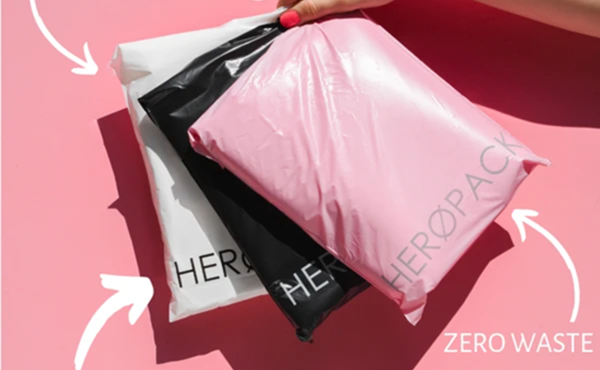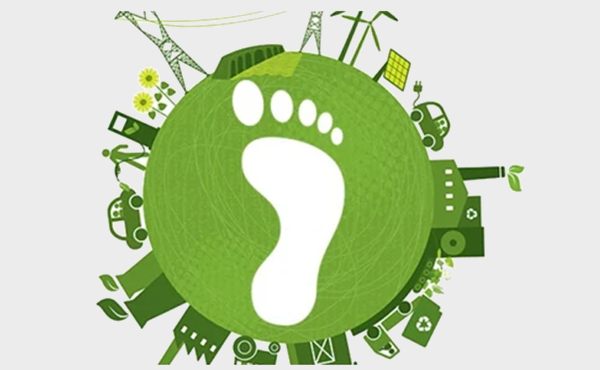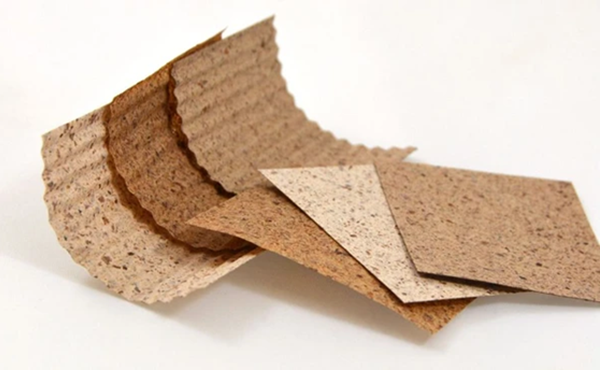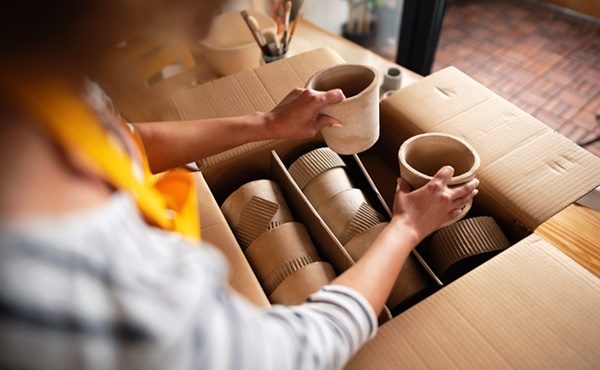If you run a business, you may be looking for ways to become an overall more sustainable brand. The pressure is on businesses, now more than ever, to consider their ‘corporate responsibility’―in essence, to consider the environmental impact of the decisions they make within their business.
While this may seem frustrating to some, many businesses are using it to their advantage, leveraging this potential limitation to become another tool in their marketing repertoire.
Australian packaging business Hero Packagings’ co-founder, Anaita Sarkar, has put together some tips on how to make your brand more sustainable, while also showcasing your efforts.

1. Start by writing a list of ways your business can become more sustainable. This can be little things like switching the office paper from new to recycled, buying toilet paper plastic free and in bulk or getting reusable pods for your coffee machine.

2. Consider your packaging―one awesome simple thing to add to your list is eco-friendly packaging like our satchels. It costs the same price to ship eco packaging like ours as flat rate satchels now with Australia Post, so why not. If you use boxes, explore recycled boxes, eco padding options and paper free tape. You can ship virtually anything plastic free.

3. Offset your shipping―check with your shipping provider, but if you’re using either Sendle or Australia Post, both are actually now carbon neutral. Both businesses offset the emissions from every domestic parcel sent, making shipping your deliveries carbon neutral. If you’re using a courier, check to see if they offset their shipping also. If not, switch to someone who does. That’s an easy one you can add to your list of efforts.
4. Offer returns for end of life products―do you sell a product that can be recycled? Lots of materials (including hard plastics) can be recycled at the end of their lifespan, yet customers generally won’t do this if it’s an unfamiliar process. If you offer end of life returns, you can recycle those products for your customers, lowering your product’s environmental impact.
If it’s not a simple step, you can recycle returned products in bulk a few times a year. If you offer a consumable product, consider switching to eco-friendly packaging that can be easily recycled/composted by your customer or add an option for their packaging to be refilled.

5. Consider your materials―this doesn’t just apply to businesses that make products. If you’re a fashion designer you can consider using less synthetic fibres, but if you’re an accountant you can consider what paper based materials you’re using. Every decision has an impact, so by considering each decision when choosing materials makes a great impact.
6. Write a sustainability page/policy―a great way to share your sustainability values and efforts with your customers (and also your staff) is to create a sustainability policy or page on your website. If you’re a business with many staff, a policy outlining the goals and steps to becoming more sustainable will help ensure everyone is on the same page.
Your policy can literally be ‘we are trying to be more eco-friendly, these are the actions everyone in the business needs to take and the values that need to be considered when making future decisions’. If you have a website, adding a sustainability page will help outline your values for your customers and explain what steps you’re taking to become a more conscious business. This can literally be a list of steps you’re both currently doing, and those you’re moving towards.
Sustainability can be a work in progress too as long as you’re moving in the right direction. If you don’t want a whole page, just add a blurb to your ‘About’ page, ‘Values’ page or even a blog or social media post.







